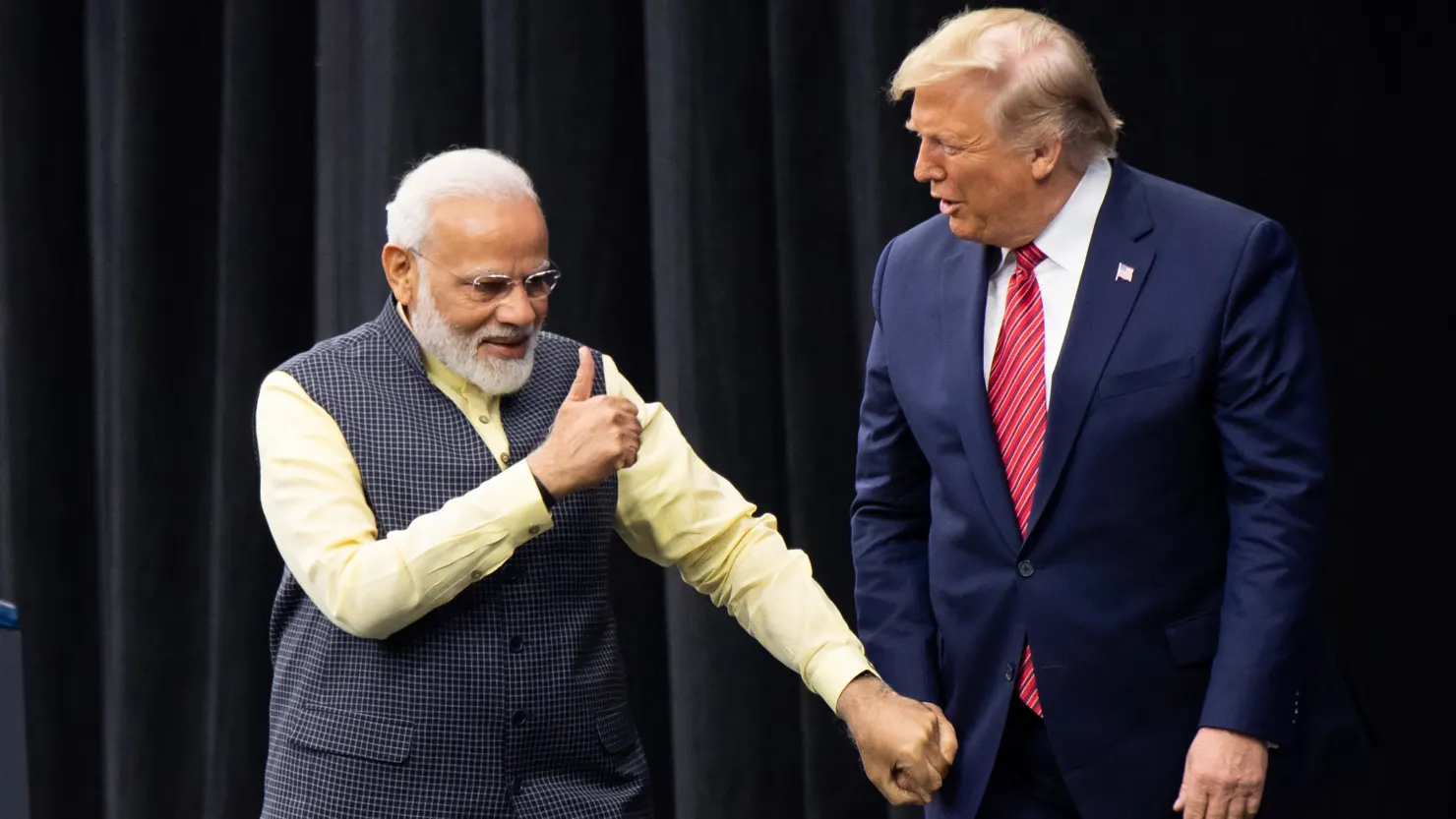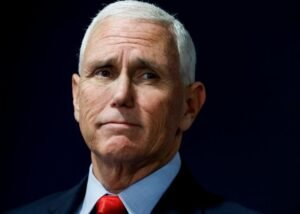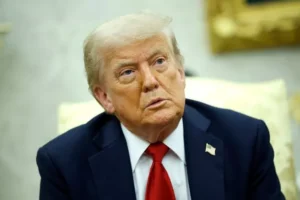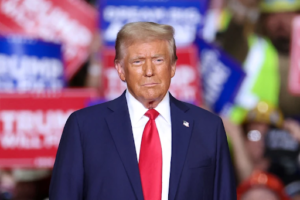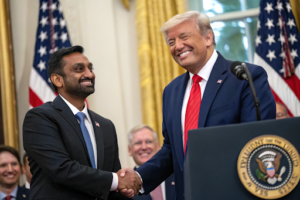India appears poised for a significant transformation in its trade policy — one that may pave the way for a long-anticipated agreement with the United States. This strategic shift could alter India’s long-standing protectionist approach, potentially unlocking new growth opportunities while raising questions about the implications for its domestic industries.
A History of Protectionism: India’s High Tariff Regime
Historically, India has maintained some of the highest tariff rates among major economies. Designed to protect local industries from international competition, these import duties have been central to India’s economic strategy. Products such as automobiles, agricultural produce, electronics, footwear, jewelry, and even pharmaceuticals have enjoyed protection under this framework.
According to the World Trade Organization (WTO), India’s average tariff rate stood at 17% as of 2023, far above the global average. In contrast, the United States maintained a much lower average tariff of 3.3%. While this high-tariff approach has supported domestic manufacturers, it has also been a barrier to greater foreign trade and investment.
The Trump Factor: Triggering a Policy Recalibration
Former U.S. President Donald Trump’s repeated criticisms of India’s tariff regime — labeling it the “tariff king” — placed significant pressure on New Delhi. The recent announcement of a 26% U.S. tariff on Indian exports, although currently on hold, seems to have served as a wake-up call for India to reconsider its stance.
In response, India has reportedly proposed a reciprocal zero-tariff agreement for a limited quantity of imports from the U.S., including steel, automobile components, and pharmaceutical products. This move signals a willingness to make concessions in the interest of broader economic cooperation.
Toward a Landmark Trade Deal
Trade negotiations between India and the United States appear to be progressing. President Trump recently commented that the talks were “coming along great” and expressed confidence in reaching a deal soon. If finalized, the agreement could represent a landmark shift in India’s global trade posture.
Such a deal would not only enhance economic ties between the two nations but could also provide a model for future trade relationships with other global partners. It may serve as a gateway for India to integrate more deeply into global supply chains, which is vital in a post-COVID and geopolitically shifting world economy.
The Economic Stakes for India
India’s economic ambitions depend heavily on increasing foreign direct investment (FDI) and expanding export markets. Currently, the U.S. is India’s largest trading partner, with bilateral trade reaching $129 billion in 2024. India also enjoys a significant trade surplus with the U.S., totaling $45.7 billion.
According to Shumita Deveshwar, Chief India Economist at TS Lombard, India’s economic growth rate — currently around 6% — must rise to 8–9% to meet development goals. Achieving this level of growth will require not only capital investment but also a reduction in bureaucratic red tape and greater openness to global markets.
Malcolm Dorson, a senior portfolio manager at Global X ETFs, echoed this view, stating that India’s future hinges on its ability to lower trade barriers and engage in more free trade agreements. A shift away from protectionism, Dorson argues, is essential for the country to realize its full economic potential.
Balancing Reform with Domestic Interests
While the promise of a trade deal with the U.S. brings opportunities, it also presents challenges — particularly for India’s domestic industries. Sectors that have long relied on tariff protections could face increased competition from more efficient foreign players.
Automobile manufacturers, for example, may struggle to compete with advanced U.S. and European counterparts. Similarly, local pharmaceutical companies could face pricing pressure if low- or zero-tariff imports flood the market. The government will need to navigate these concerns carefully to avoid undermining the interests of domestic stakeholders.
One possible solution is to implement the tariff reductions in phases, giving domestic players time to adjust. Another strategy could involve targeted support for vulnerable industries through subsidies, innovation incentives, and export facilitation.
Geopolitical Implications of Closer U.S.–India Ties
Beyond the economics, a trade deal would also carry geopolitical weight. As China’s influence continues to grow in Asia and beyond, the U.S. has sought to strengthen strategic partnerships in the Indo-Pacific. India, with its large market and democratic governance, is a natural ally.
Enhanced trade cooperation could deepen strategic alignment between the two countries in areas such as defense, technology, and energy. For India, this alignment may offer a counterbalance to regional security threats and support its ambitions of becoming a global manufacturing hub.

